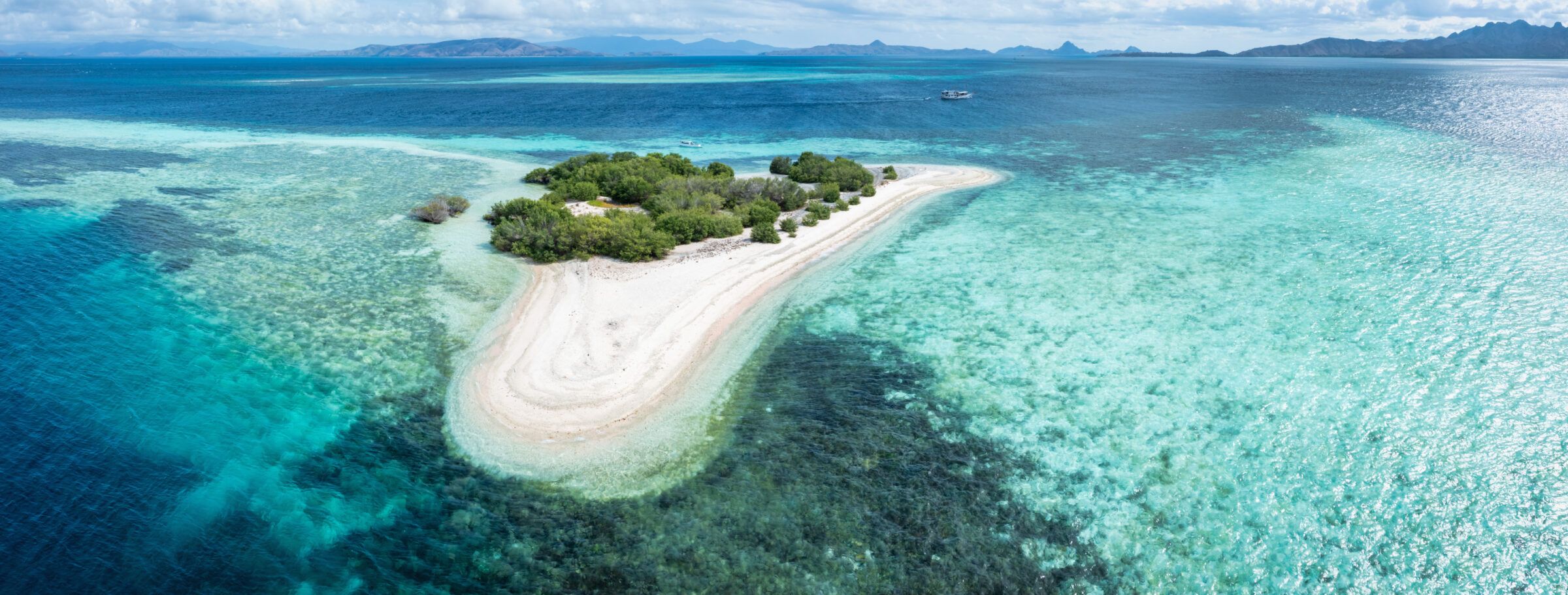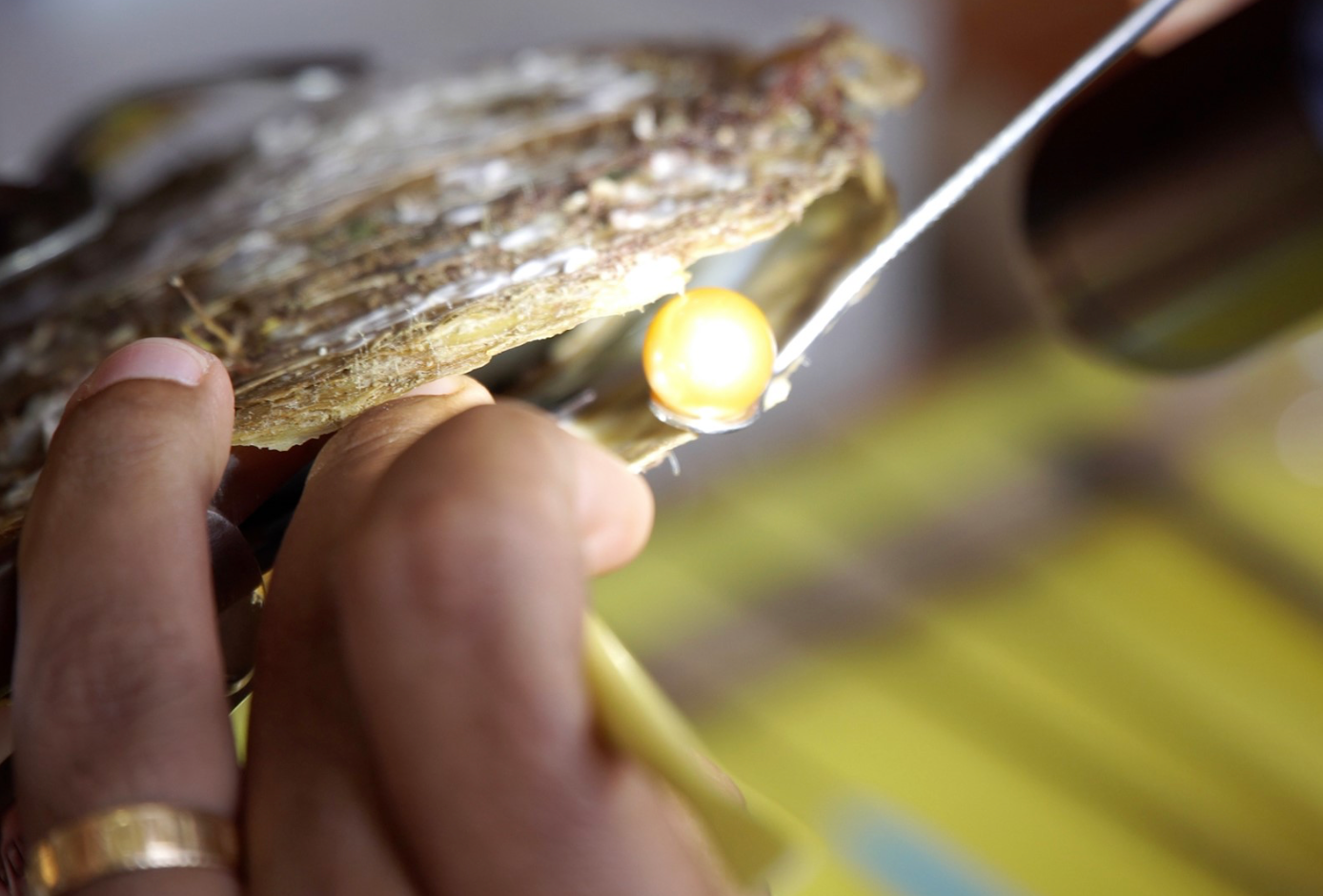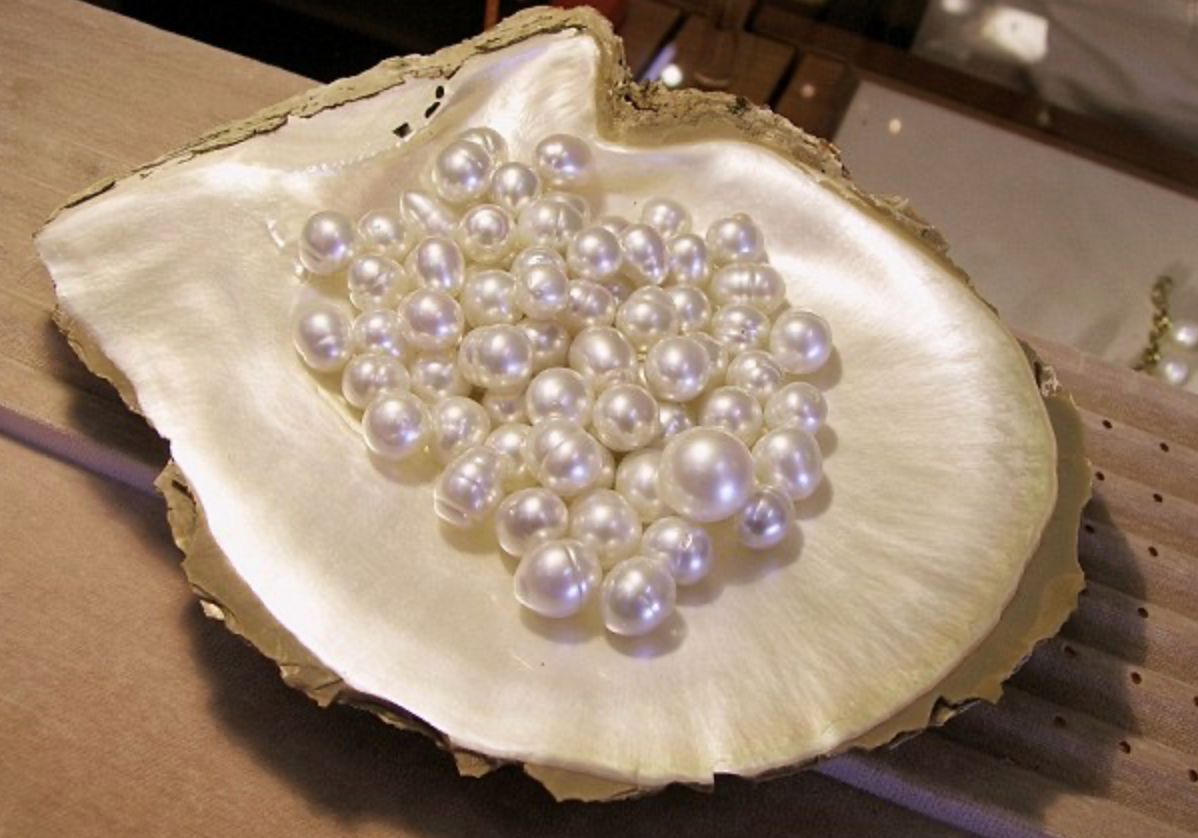
SUSTAINABILITY |
OUR COMMITMENT


SHARP PEARLS |
OUR COMMITMENT
TO SUSTAINABILITY |
At Sharp Pearls, we prioritize sustainability and are deeply aware of our planet’s needs. We are dedicated to maintaining our social and environmental responsibilities, ensuring that our practices consider both environmental and social impacts in every aspect of our business.
THE IMPORTANCE OF THE PINCTADA MAXIMA |
The Pinctada maxima is the sole living organism capable of producing gems, thriving only in clean and abundant waters. Thus, the environment is one of Sharp Pearls’ most valued assets, essential for cultivating exquisite and lustrous pearls.
We invest significant time and resources to comprehend the ecosystems surrounding our pearl farms, striving to minimize ecological impact and promote a balanced, diverse, and undisturbed environment.
THE CARE BEHIND EVERY PEARL |
Each pearl in the Sharp Pearls collection is nurtured in a pristine environment, receiving personal care through world-class husbandry techniques passed down through our family’s history. Respecting both the aquatic and terrestrial environments is crucial for meeting the needs of the oyster, its habitat, and the surrounding ecosystem.
Your pearl is thoughtfully hand-selected by our team, but it is ultimately created and nurtured by the Pinctada maxima and the natural world.
ENVIRONMENTAL BENEFITS OF OYSTERS |
WATER PURIFICATON |
Oysters significantly contribute to ocean health by filtering algae from their surroundings, thus removing excess nutrients that could damage the marine ecosystem.
For example, a farm with 40,000 adult oysters can cleanse over 2 million liters of water every hour, equivalent to nearly an Olympic-sized swimming pool.
NITROGEN REDUCTION |
While nitrogen is critical for life, an overabundance can trigger harmful algae blooms that deplete the ocean’s oxygen levels. Oysters efficiently remove surplus nitrogen by absorbing it into their shells and tissue during growth.
For instance, 1,000 kilos of oysters can eliminate 10 kg of nitrogen, 0.5 kg of phosphorus, and 0.7 kg of heavy metals from their environment.
HABITAT PROTECTION |
Pearl farms act as marine sanctuaries, offering secure habitats for reproduction and supporting diverse marine life. By shielding these zones from harmful activities and pollution, marine ecosystems flourish, aiding in the recovery of overfished species.
ENVIRONMENTAL INDICATORS |
As ‘bio indicators,’ oysters respond to environmental shifts, such as changes in water temperature, salinity, and oxygen levels. They are crucial in assessing ecosystem health, reflecting both positive and negative environmental changes.
GREENHOUSE GAS REDUCTION |
Oyster farming is unique among agricultural practices because it doesn’t rely on food production or antibiotics, and the oysters don’t produce methane during digestion. This positions oyster farming as a climate-positive practice within sustainable aquaculture, requiring no extra feeding and producing minimal waste.
CARBON CAPTURE |
Oysters aid in carbon sequestration by using carbon ions from seawater to form their shells and pearls through calcification.
A single oyster can filter and process up to 190 liters of water daily, effectively storing carbon within its shell.

